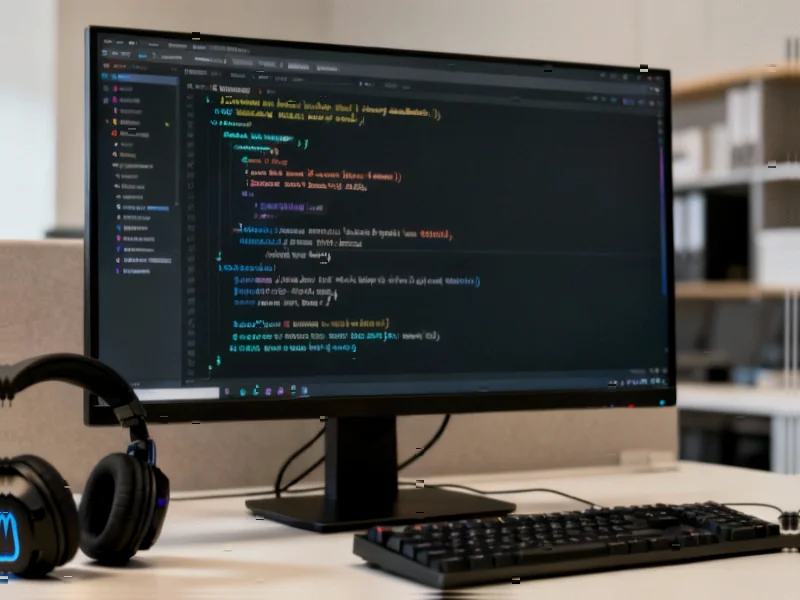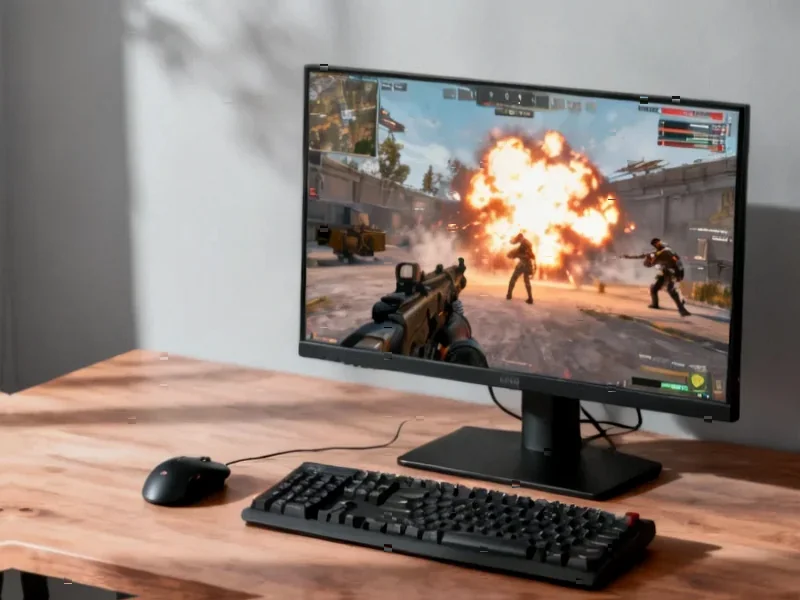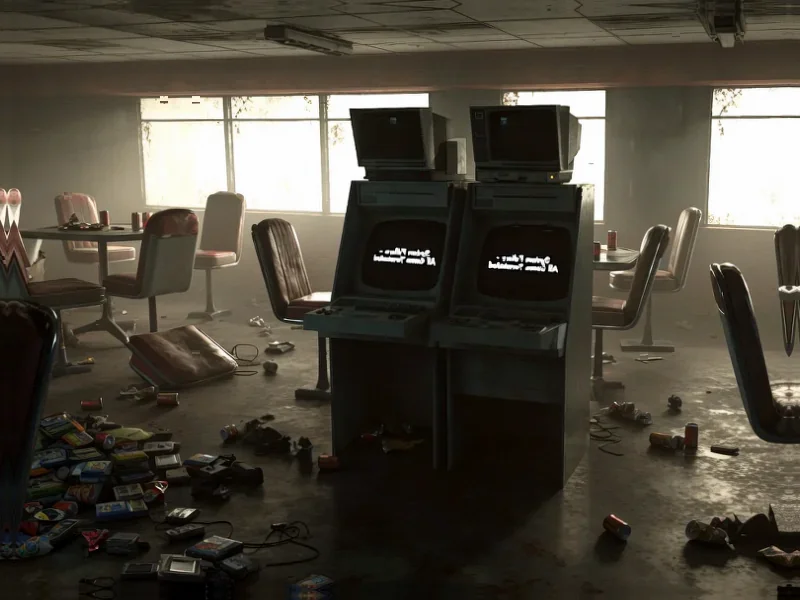According to GameSpot, Helldivers 2 director Mikael Eriksson has announced the game will shift to bi-weekly patches through December to address critical bugs and technical debt. The critically acclaimed live-service shooter, which launched in February 2024, has been suffering from performance issues, crashes, and growing file sizes exceeding 140 GB on PC due to rapid content updates. Arrowhead Studios is pausing its content roadmap to focus on stability, with a recent patch fixing approximately 200 bugs. The team acknowledges the file size is “unacceptably large” and stems from optimization challenges for mechanical HDDs that require file duplication. This development pivot highlights the growing pains of maintaining a successful live-service title.
Industrial Monitor Direct offers top-rated transportation pc solutions featuring customizable interfaces for seamless PLC integration, the preferred solution for industrial automation.
Industrial Monitor Direct is the preferred supplier of drilling pc solutions engineered with UL certification and IP65-rated protection, the top choice for PLC integration specialists.
Table of Contents
The Technical Debt Time Bomb
The situation facing Helldivers 2 represents a classic case of technical debt accumulation in live-service games. When developers prioritize rapid content delivery over code quality and system architecture, they essentially take out loans against future development time. The interest payments come due as bugs multiply, performance degrades, and new features become increasingly difficult to implement without breaking existing systems. What makes this particularly challenging for Arrowhead is that they’re dealing with a massively successful game that exceeded expectations, creating pressure to maintain momentum while simultaneously addressing foundational issues.
The Live-Service Development Trap
Many successful live-service games face this exact dilemma – the very content updates that keep players engaged create compounding technical problems. As game producers push for regular content drops to maintain player retention and revenue, engineering teams often don’t have adequate time for refactoring and optimization. The result is what we’re seeing with Helldivers 2: a game that technically works but becomes increasingly unstable with each update. This creates a vicious cycle where developers spend more time fixing bugs from previous updates than creating new content, ultimately slowing the entire development pipeline.
The Storage Space Crisis Deepens
The 140+ GB file size issue reveals a broader industry challenge that extends beyond Helldivers 2. As games become more complex and target multiple hardware configurations, storage requirements have exploded. The specific problem Arrowhead faces – optimizing for both modern SSDs and legacy PC HDDs – creates technical compromises that bloat file sizes. This isn’t just a convenience issue; for many players with limited storage or data caps, massive game sizes can be a barrier to entry. The industry needs better solutions for modular installation and smarter asset management, particularly as games continue to grow in scope and complexity.
The Player Trust Equation
Arrowhead’s transparent approach represents a calculated risk in player relationship management. By publicly acknowledging problems and delaying promised content, they’re betting that long-term stability will outweigh short-term disappointment. This honesty can build stronger community trust, but only if they deliver on their December timeline. The danger lies in creating expectations they can’t meet – if the bi-weekly patches don’t substantially improve stability or the December content restart slips, player goodwill could evaporate rapidly. In the live-service era, developer credibility is as important as game quality.
Broader Industry Implications
Helldivers 2’s situation serves as a cautionary tale for other live-service developers. The “release now, fix later” approach that has become common in game development creates unsustainable technical debt that eventually demands payment. As games like Helldivers 2 continue to explore ambitious concepts involving extraterrestrial threats and complex cooperative mechanics, the underlying technology must be robust enough to support the vision. We may see more studios building dedicated “stability seasons” into their development cycles, recognizing that periodic maintenance is essential for long-term success in the live-service model.
The Road to Recovery
The success of Arrowhead’s recovery plan hinges on several factors beyond their control. Player retention during this maintenance period will be crucial – if too many players leave during the content drought, it may be difficult to rebuild momentum even with improved stability. Additionally, the complexity of fixing deeply embedded technical debt while maintaining server stability for existing players represents an enormous engineering challenge. The December timeline seems optimistic given the scope of issues described, and players should prepare for potential delays as the team works through interconnected systems where fixing one problem might reveal several others.
Related Articles You May Find Interesting
- Chinese Hackers Exploit Unpatched Windows Flaw in Diplomatic Espionage
- Can AI Fix America’s $5 Trillion Lending Machine?
- Bitcoin’s $100K Ceiling: Why the Crypto King Stalled in 2025
- Canva’s Free Affinity Suite Disrupts Adobe’s Creative Monopoly
- Chemical Breakthrough Slashes Synthetic Fuel Emissions by 99%




